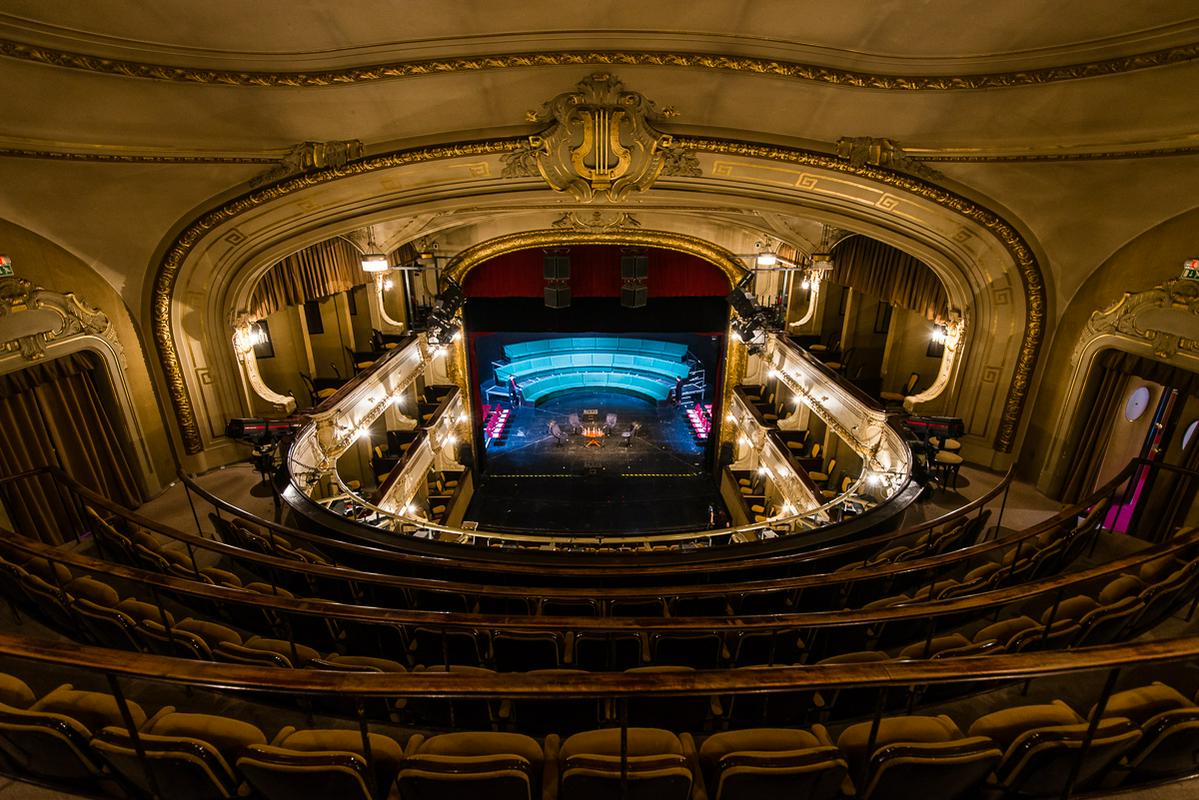
In a city proverbially proud of its culture, Ljubljana’s Drama building stands apart. It represents the very soul of Slovenia’s theater tradition and has become an icon of the country’s long-standing commitment to the arts.
The space now occupied by the Drama once hosted competitions and celebrations, but for several years in the early 20th century, the area stood vacant. In 1909, the Viennese architect Alexander Graf was hired to build the permanent home for the city’s German theater company. At the time, ethnic Germans and Slovenians vied for supremacy in Ljubljana and operated separate cultural institutions.
The theater building, an ornate structure designed in the then-fashionable Secession substyle of the Art Nouveau movement, was completed in 1911. Several German-language plays were staged there in the years that followed, but the outbreak of World War I shut down live performances in Ljubljana, and the building was briefly transformed into a movie theater. After the war, it became the home of the newly established National Theater; its first Slovenian-language performance, in 1919, was Tugomer, by the Slovenian literary legends Josip Jurčič and Fran Levstik.
Of the years, the Drama building saw several minor renovations. Busts of Slovenian theater pioneers were added the vestibule, and an expansion was added in the 1960s, but the outside appearance of the building did not change drastically.
The theater company based in the Drama building, however, experienced a period of considerable creative growth. In addition to Slovenian classics, it staged some of the most avant-garde performances from around the world. Especially in recent years, it toured many world capitals, from Bogota to Minsk and Bonn, often drawing praise for its innovative approach. Today, it stages about 10 new performances every year.
The Drama has also hosted several prestigious theater companies from abroad. Among the well-known names were Comedie-Francaise, the Globe Theater of London, and Italy’s Mestastasio Theater.
By the beginning of the 21st century, the Drama building had become too small and outdated to cope with Slovenia’s passion for the dramatic arts. Several renovations and expansions have been proposed, but the authorities failed to come up with the sufficient funds. As a result, the Drama building looks much like it did in 1911 – a historic structure with a surprisingly young spirit.

































































